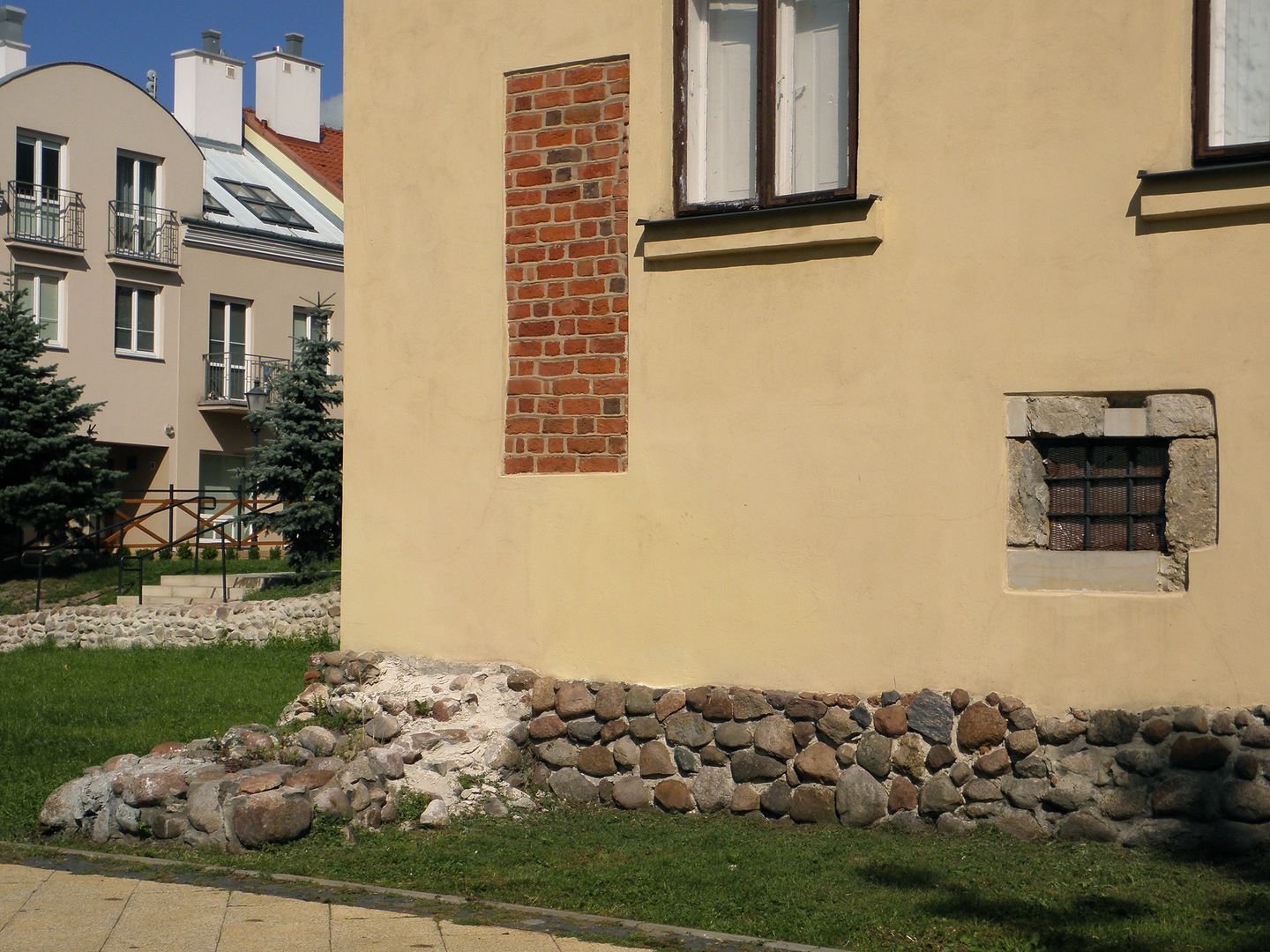Royal Castle in Radom
6.31

Overview
The Royal Castle in Radom, built on the orders of King Casimir the Great between 1340 and 1350, originally served as a travel station. It consisted of two two-story buildings: the "Great House" and an economic building, with the entire complex surrounded by a tower. In the 15th century, the castle was separated from the city by a defensive wall. Between 1510 and 1515, a reconstruction led by Mikołaj Szydłowiecki transformed it into a comfortable residence for King Sigismund the Old, featuring late Gothic and Renaissance architectural details. During this period, the White Tower was built, which served as a prison in the 16th and 17th centuries. In the 17th century, the castle suffered significant damage due to the Swedish invasion and underwent years of repairs and renovations. The last major modernization work took place in 1787, when the starost Aleksander Potkański converted the castle into a manor house. In the 19th century, the defensive walls and many castle structures were demolished, and the remains were transformed into public utility buildings. Today, two floors of the "Great House" remain and serve as the parish house. During contemporary renovation works, the castle's foundations are being uncovered and are set to become part of a future museum. The Royal Castle in Radom is an important element of the local cultural heritage and is part of the Radom Monuments tourist trail. An interesting fact is that portals from the castle may have been reused in the parish church, highlighting their regional architectural significance.
Location
State
Masovian Voivodeship
Country
2025 Wizytor | All Rights Reserved